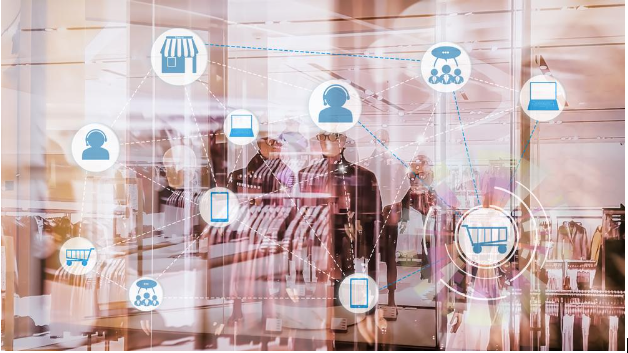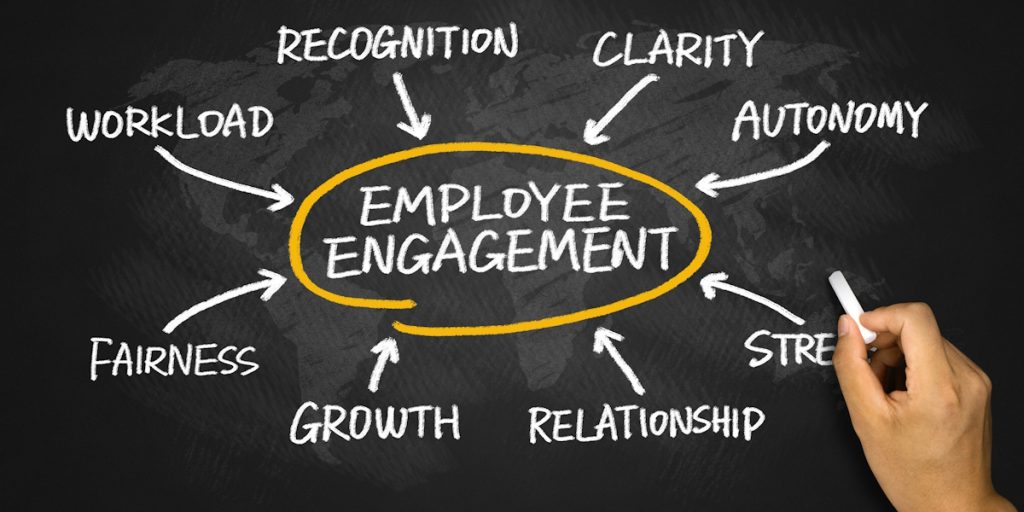Designing B2B incentive programs that deliver measurable ROI requires more than just handing out rewards. It’s about building a program that aligns with your business objectives, motivates your audience, and strengthens long-term relationships. When done right, incentive programs can increase sales, boost partner engagement, and improve customer loyalty—while justifying every dollar spent.
The challenge for many businesses is that they launch programs without the right strategy, clear performance metrics, or relevant rewards. This leads to low participation, wasted budgets, and no real return. The good news is that with the right approach, you can design a program that not only excites your audience but also brings tangible business growth.
Step 1: Define Clear Objectives
The first step in creating a results-driven B2B rewards program is setting clear objectives. Without defined goals, it’s impossible to measure success or understand whether your efforts are paying off.
Some common objectives include:
- Increasing partner or reseller sales
- Strengthening client retention and loyalty
- Encouraging cross-selling or upselling
- Rewarding employees for hitting targets
- Improving brand advocacy and referrals
The more specific your objectives are, the easier it will be to design incentives that directly impact your ROI.
Step 2: Understand Your Audience
No incentive program can succeed without a deep understanding of your audience’s motivations. For sales incentive programs B2B, sales reps might respond best to cash bonuses or commission boosts. Partners might prefer business perks like free marketing support, exclusive product training, or early access to new solutions.
To truly know your audience:
- Conduct surveys to learn what they value
- Review past participation data from other programs
- Segment your audience for personalized rewards
- Consider cultural and regional preferences for global programs
By tailoring rewards to each audience group, you significantly increase engagement.
Step 3: Choose the Right Incentive Structure
The structure determines how participants earn and redeem rewards. The wrong structure can confuse people or fail to motivate them, while the right one boosts consistent participation.
Popular B2B Incentive Structures
Points-Based Programs – Participants earn points for specific actions like meeting sales targets, referring clients, or completing training. Points can be redeemed for products, gift cards, or travel experiences.
Tiered Rewards – Encourages ongoing improvement by offering bigger rewards for higher levels of achievement. For example, bronze, silver, and gold tiers based on sales volume.
Performance Bonuses – Monetary rewards tied directly to meeting or exceeding goals, such as quarterly sales bonuses.
Hybrid Models – Combine multiple structures to appeal to different types of participants.
When choosing a structure, prioritize simplicity. If people don’t fully understand how they can earn rewards, they won’t be motivated to participate.
Step 4: Select Rewards That Truly Motivate
Your rewards are the heart of your program. For maximum impact, they should be:
- Relevant to your audience
- Perceived as valuable
- Achievable without being too easy
Examples for corporate incentive strategies include:
- Cash rewards or prepaid debit cards
- Exclusive access to premium services or tools
- Travel packages for top performers
- Professional development opportunities
- Branded merchandise or tech gadgets
It’s important to balance aspirational rewards with smaller, more frequent ones to maintain ongoing motivation.
Step 5: Communicate Effectively
Even the best-designed program will fail if your audience doesn’t understand it. Effective communication should answer:
- How the program works
- What actions earn rewards
- How performance will be tracked
- The timeline for earning and redeeming rewards
For incentive program best practices, use a mix of communication methods:
- Dedicated program portals or apps
- Email campaigns with progress updates
- Internal announcements and training
- Leaderboards to showcase top performers
Consistency is key—send regular updates, share success stories, and remind participants of deadlines.
Step 6: Track and Measure Incentive Program ROI
Without measurement, you can’t prove ROI. Tracking also helps identify which aspects of the program are working and which need improvement.
Key metrics to measure include:
- Sales growth during the program period
- Increase in partner engagement or participation
- Client retention rates before and after the program
- Cost per reward versus revenue generated
- Feedback scores from participants
Use CRM systems, analytics dashboards, and feedback surveys to gather accurate data. Incentive program ROI should guide every future decision you make about the program.
Step 7: Keep Your Program Fresh and Evolving
Over time, even the most exciting incentive programs can lose appeal. To keep interest high:
- Rotate rewards to keep them exciting
- Run limited-time challenges or seasonal campaigns
- Add surprise bonuses for unexpected achievements
- Regularly update program content and visuals
For B2B rewards programs, offering unique, business-relevant benefits—such as co-marketing opportunities or VIP networking events—can keep you ahead of competitors.
Step 8: Ensure Compliance and Fairness
A well-run incentive program should always be transparent, ethical, and compliant with any legal or industry regulations. Avoid any reward structures that could encourage unethical behavior, such as misreporting sales.
Document all rules clearly and make them accessible to participants. This builds trust and ensures everyone has equal opportunities to benefit from the program.
Final Thoughts
A high-performing B2B incentive program blends strategic planning, audience understanding, relevant rewards, clear communication, and consistent measurement. When these elements work together, the program not only motivates participants but also delivers measurable ROI.
By keeping the program fresh, fair, and aligned with your business goals, you’ll create a system that drives results year after year—and turns participants into long-term advocates for your brand.
Do You Have A Plan To Keep Your Program Fresh And Relevant Over Time?




